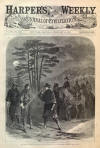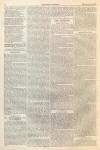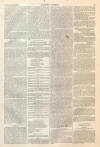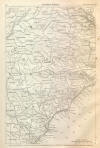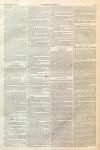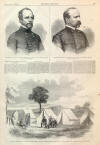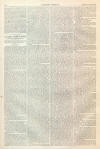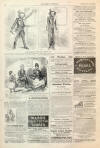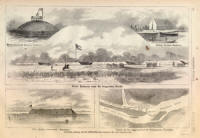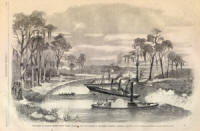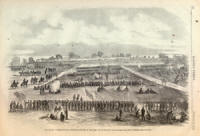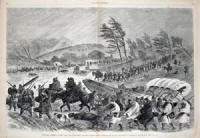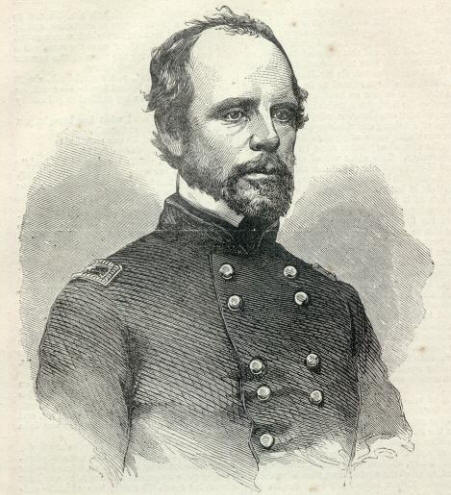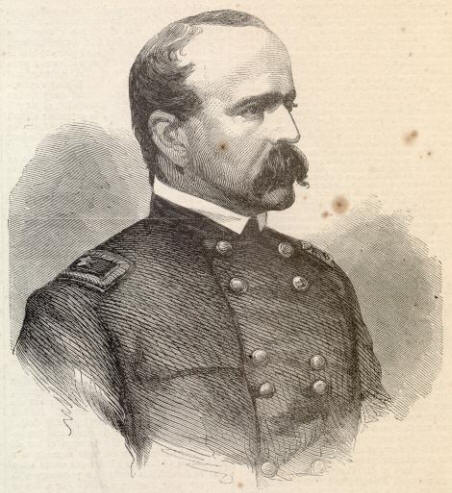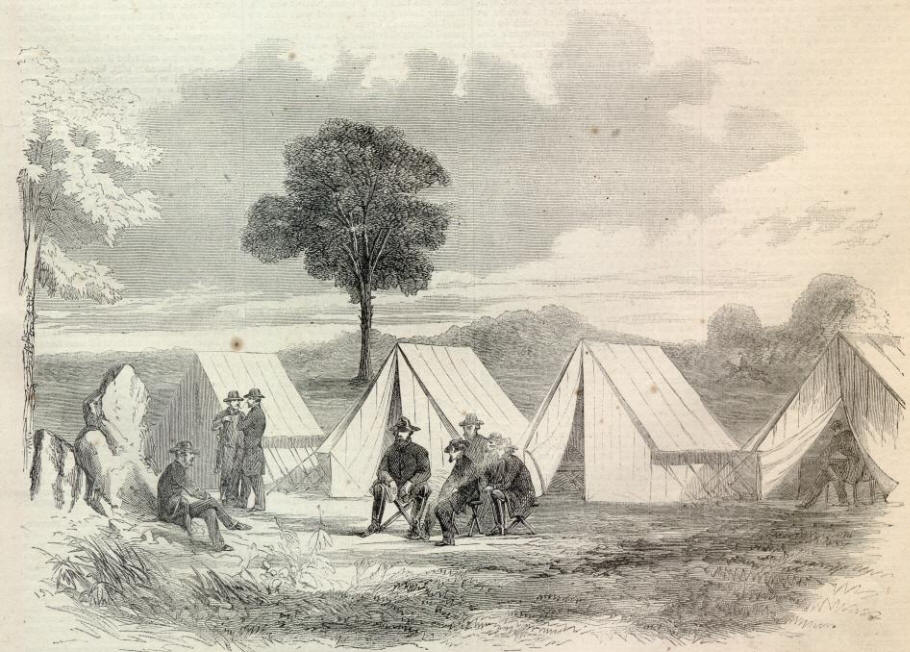|
This Site:
Civil War
Civil War Overview
Civil War 1861
Civil War 1862
Civil War 1863
Civil War 1864
Civil War 1865
Civil War Battles
Confederate Generals
Union Generals
Confederate History
Robert E. Lee
Civil War Medicine
Lincoln Assassination
Slavery
Site Search
Civil War Links
Civil War Art
Mexican War
Republic of Texas
Indians
Winslow Homer
Thomas Nast
Mathew Brady
Western Art
Civil War Gifts
Robert E. Lee Portrait
|
MAJOR-GENERAL DARIUS N. COUCH, COMMANDING THE RIGHT
GRAND DIVISION OF THE ARMY OF THE POTOMAC.
MAJOR-GENERAL DANIEL BUTTERFIELD, CHIEF OF STAFF TO
GENERAL HOOKER.
[PHOTOGRAPHED BY BRADY.]
GENERALS COUCH AND BUTTERFIELD.
WE publish herewith, from
photographs by
Brady, portraits of GENERAL
DARIUS N. COUCH, General Sumner's successor in command of the Right Grand
Division of the Army of the Potomac, and of GENERAL DANIEL BUTTERFIELD, Chief of
Staff to General Hooker. Both are fine-looking military men, and will make
themselves heard of. We subjoin the following sketches of their lives:
GENERAL COUCH.
General Darius N. Couch was born
in New York about the year 1826, entered West Point in 1842, graduated in the
artillery in 1846, and went with his regiment (the Second Artillery) to Mexico.
At the battle of Buena Vista he was brevetted First Lieutenant for gallant and
meritorious conduct. At the close of the war Lieutenant Couch resigned his rank
in the army and settled in Massachusetts. At the outbreak of the rebellion he
joined the Volunteers, and left Boston at the head of a well-appointed regiment.
In May, 1861, he was appointed Brigadier-General of Volunteers. In all the
battles on the Peninsula General Couch proved himself a gallant and able
soldier; and when General Sumner resigned there was little hesitation in
appointing him to the vacancy.
GENERAL BUTTERFIELD.
In the dark days of April, 1861,
when the capital was in danger and the existence of the Government doubtful, one
of the earliest, if not the first, to hasten to Washington with a tender of his
services was Daniel Butterfield, commanding the Twelfth Regiment New York
Militia. He found an attack momentarily expected, and an organization of
visitors and citizens hastily formed, known as the Clay Guard, for the
protection of the city from the hard-riding and hard-drinking cavaliers promised
for its "subjugation" by "Wise the Witless." Colonel Butterfield enrolled
himself at once, and many senators, judges, lawyers, and distinguished citizens
who served as privates in the ranks of the Clay Guard on the memorable nights of
the 17th and 18th of April will remember him in the
young orderly-sergeant who
drilled them, and watch his career with additional interest as a commander on a
larger field. While engaged in this sacred duty Colonel Butterfield had obtained
the permission of the Secretary of War to reorganize, fill up, and report his
regiment at Washington on the 26th, prepared for duty. With this order Colonel
Butterfield made his way through Baltimore, wet with the gore of Northern
citizens shed by "plug uglydom" turned "secesh" in its mad frenzy, and over
broken bridges and torn up tracks arrived in New York on Thursday night of the
20th, filled up his regiment (like most of our militia organizations then merely
a skeleton) from some 350 to 1000 men, and left with them on Sunday afternoon in
the
Baltic, bound for
Washington, by the way of
Fortress Monroe, looking to a
passage up the Potomac; and then, by information there obtained, to
Annapolis. (Next
Page)
|
